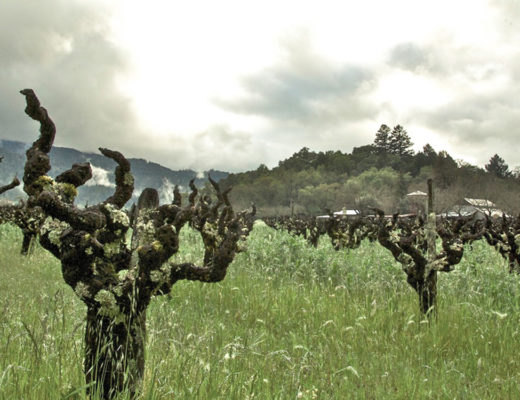If you’re looking to take your wine tasting experiences more seriously, and delve even deeper into the worlds of flavor and aroma that wine can bring, you’re going to need to add some items to your arsenal. Naturally, you’ll have to spend some time working on your senses and your ability to seek out those secondary and tertiary notes and characteristics… but one of the greatest tools you have at your disposal is a notebook and pen.
Making notes as you taste wine isn’t just a great way to remember the nuances of the bottles you’ve sampled (and believe us, after the fifth or sixth glass, even the most expert wine drinker’s memory can become a little hazy), it’s also a fantastic method for focusing your thoughts, and uncovering ever-deeper layers of flavor. There’s no right or wrong way to make notes when tasting wine – and it’s important to remember that – but there are some techniques that will allow you to make things clearer, and which can help you communicate your ideas and experiences more effectively.
Identifying and Listing Flavours
As everybody knows, each bottle of wine contains a whole host of different flavors and aromas, and these vary enormously from grape to grape, region to region, and winery to winery. However, despite this massive range, we can categorize them into three groups when it comes to considering how we experience them. These groups are:
Primary flavors and aromas
- These are the notes which come from the grape used, and the terroir – or land – on which they grew. These will generally be focused around floral, fruit, and herb aromas.
Secondary flavors and aromas
- The notes which come about as a result of the winemaking process. If the wine has undergone processes like malolactic fermentation, it may contain touches of cream and yogurt. If it is a yeasty wine, it may feature aromas of baked bread, or beer, etc.
Tertiary flavors and aromas
- These come from the aging and barreling process, and are often very complex and wildly varied. Obvious examples would include things like vanilla and spice, but delve a little deeper and you’ll find woodsmoke, tobacco, leather, dill, coconut… and much, much more.
Top Tips for Tasting Notes
When you’re making your wine tasting notes, try to categorize your thoughts according to these three groups, and think carefully about where each flavor is coming from. Also, order your notes by prevalence or strength, as this will allow you to recall which flavors and aromas come through more clearly than others.
Your use of language is going to be important here, too – don’t forget to use plenty of adjectives to help clarify exactly what it is you’re identifying. Getting strong hints of apple? Well, the next question to answer would be regarding what type of apple. Sharp, tart, and green… or soft, sweet and red? Dried or fresh? Baked or freshly cut? All of these pieces of descriptive language will help you uncover more and more through your note making.
Noting Characteristics
There is far more to every wine than just the flavor and aroma, and in order to make thorough and useful tasting notes, you’re going to have to jot down your thoughts about the other features of your wine, too. The most important ones are as follows:
Acidity
- All wines have a certain amount of acidity – that sharp, puckering characteristic we associate with things like fresh citrus fruits. Think about how much acidity you’re experiencing, and try to make comparisons with other acidic foods or drinks, such as lemon juice or sour cream.
Tannin
- The tannic character of a wine is important for its structure, and refers to the drying, cloying sensation some red wines leave in your mouth. Is the wine you’re tasting very tannic (known in the wine world as being ‘tight’), or is it very mellow and smooth?
Body
- The body of the wine is all about its weight, texture, and mouthfeel. Does the wine slip down easily, like a glass of fresh spring water… or does it sit heavily in your mouth, and force you to take small sips at a time? Carefully consider this, and make notes as appropriate.
The Finish
Once you’ve tasted and swallowed your wine, it’s important to think about the ‘finish’ – that rush of sensations you get once the flavors and aromas begin to dissipate, and you’re left with an aftertaste, and either a feeling of freshness or weight in the mouth. Again, this can generally be split into three categories for you to make notes on.
Tingly and Tart
- Often accompanied by some real length (a lasting sensation on the palate), these wines will leave your mouth tingling with acidity and tartness.
Soft and Smooth
- Even if the wine is very tannic upon tasting, it may well have a finish which is deliciously soft and satisfying, lingering gently on the tongue.
Fresh and Juicy
- Commonly associated with medium and light-bodied red wines, these examples will flood your palate with rich and juicy flavors, similar to when you’ve chewed and swallowed a fresh, ripe plum or peach.
Up Your Wine Game With Tasting Notes
Use these tips to organize and create the sort of wine notes you can come back to weeks later, and which will evoke the sensations you were experiencing at your tasting. Making notes like these are ideal for developing your palate and improving your wine tasting skills… so make sure you’ve always got a pen at the ready!





